MV Bac Bling by Hoa Minzy, Phu Dong Thien Vuong performance by Duc Phuc, performances in Anh trai vu ngan cong gai ... are outstanding cultural and artistic products that created a big impact in the past year. These works all have in common that they were created based on traditional national culture and had the participation of young people.
Speaking to Tri Thuc - Znews , Associate Professor Lim Kok Yoong - Deputy Dean of Research and Innovation, School of Communication and Design, RMIT University Vietnam - said that the young generation of Vietnam is the force holding the future of the creative industry. They not only consume digital content, but are also the force "programming" the new-age culture.
Associate Professor Lim also proposed the establishment of a National Arts Development Program, with a stable and long-term funding mechanism to support artists, cultural workers and creative organizations. According to him, cultural work should be considered as professional, intellectual and community labor, contributing directly to innovation and national identity, instead of just a passion activity. Investing in creative infrastructure, cultural identity and talent incubation system will be the foundation for the sustainable development of Vietnam's cultural industry in the next decade.
Digital culture breathes life into cities
- The draft documents of the 14th Congress set out the orientation of "strongly developing cultural industry, cultural services and cultural market". How do you evaluate the potential for developing cultural industry in Vietnam?
Instead of relying on a manufacturing economy , Vietnam’s next move could be to celebrate the country’s creative and cultural capital. Creativity and cultural depth have shaped Vietnam in many ways, but the creative industry currently contributes only 3-5% of the country’s GDP and is expected to reach 7% by 2030. This trend reflects the government’s strong commitment to putting culture and creativity at the heart of national development.
No developing country can afford to ignore the digitalization process and the evolution of culture into the digital space where entirely new forms of culture are emerging.
Associate Professor Lim Kok Yoong
The National Target Program for Cultural Development (2025-2035) has clearly set out to develop culture as an intrinsic strength of the economy. This figure holds great potential in at least four interconnected aspects: cultural soft power, creative entrepreneurship, creative urban regeneration and cross-sectoral innovation. With close policy coordination and continuous investment, Vietnam can emerge as a creative nation with a rich identity.
- You have emphasized the importance of digital culture in the process of developing smart cities. Why is that?
I believe that digital culture breathes life into rigid systems. No developing country can afford to ignore the process of digitization and the development of culture into the digital space where completely new forms of culture are emerging.
Digital culture animates systems. A smart city can be efficient, data-driven and technologically advanced but still be spiritually empty if it cannot express its cultural identity. Digital culture ensures that technology amplifies a place’s cultural identity. We are entering an era of hypermodernity – an age that swings like a pendulum between pragmatism and idealism. This means that our technological ambitions must be balanced with cultural and emotional intelligence.
- What should Vietnam do to build modern, advanced cities while preserving cultural identity?
Vietnam needs to maintain a continued focus on cultural continuity as it develops. The country has a rich and complex history, including difficult periods but also a significant blend of cultural influences, creating a unique national heritage. Vietnam can leverage this blend to build modern cities “with memory”, which are both advanced and rooted in their cultural roots.
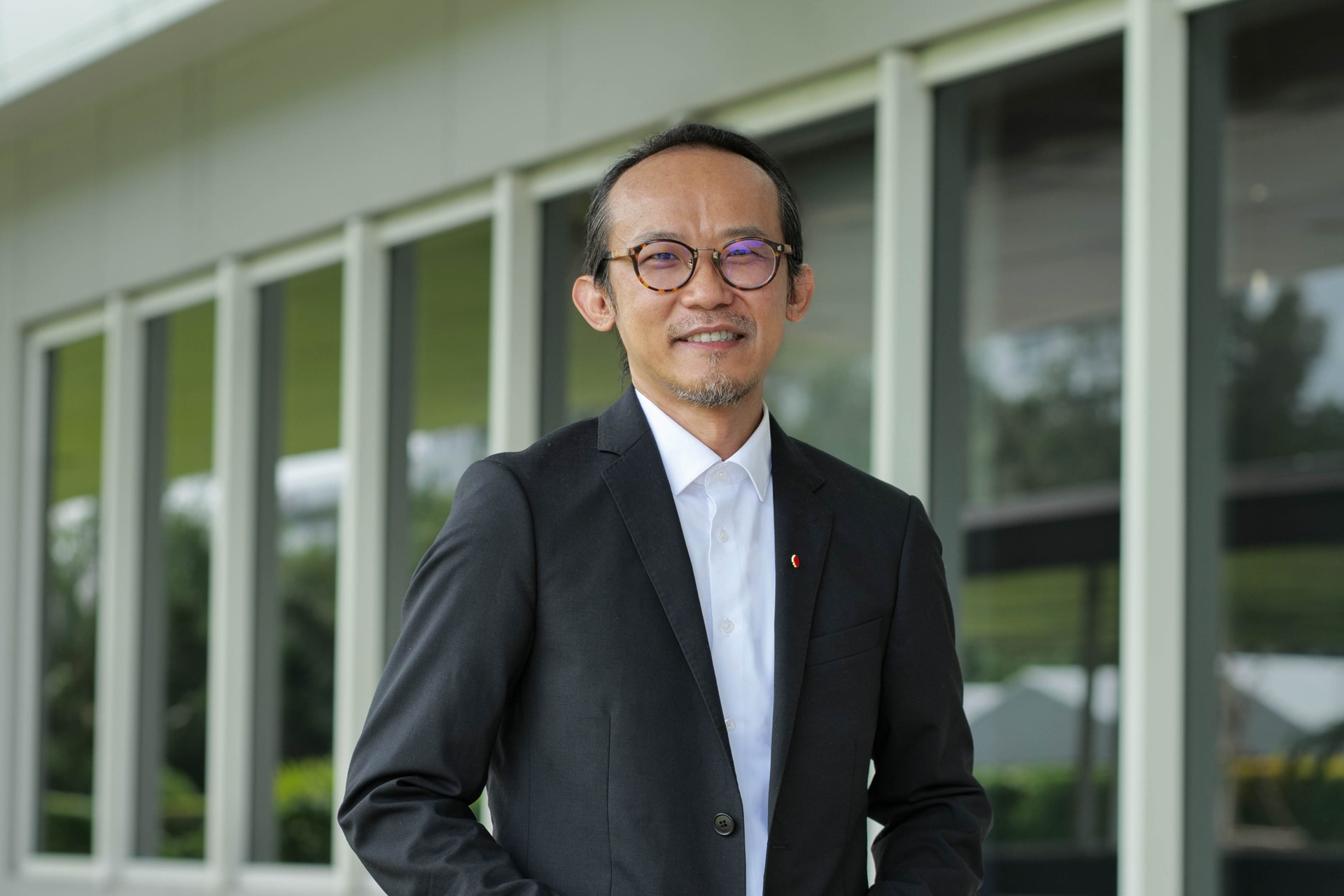
Associate Professor Lim Kok Yoong emphasized the role of digital culture in modern urban development. Photo: NVCC . |
A unique modern city is one that inspires both productivity and the power of imagination. Urban development frameworks should incorporate cultural indicators that measure creativity, health care, and sense of community belonging alongside infrastructure and GDP. Heritage need not be nostalgic or obsolete, but can be forward-looking and reimagined.
- From international experience, please share a model that Vietnam can learn from in integrating culture into smart urban development.
Vietnam can learn from some successful urban development models. First, Thailand’s creative economy shows that a country can elevate creativity into a national development strategy. The Bangkok Creative District has revitalized heritage spaces through community-led art, design and innovation, turning culture into a driving force for urban regeneration.
The Austrian city of Linz, once an industrial hub, has reinvented itself as a media arts city through the Ars Electronica festival, which combines technology, art and civic engagement. This long-term cultural vision has transformed Linz into one of Europe's leading media arts cities.
Vietnamese youth have shaped cultural expression through design, gaming, music and digital media. They have a hyper-modern mindset – fluid between tradition and innovation, pragmatism and idealism.
Associate Professor Lim Kok Yoong
South Korea demonstrates how culture and digitalization can thrive in harmony, from music and film content to smart cities, proving that creativity is not just decoration but infrastructure.
The success of these cities is based on consistent policies, strong creative industries and global cultural exports. Vietnam’s UNESCO Creative Cities have also laid a good foundation for similar outcomes. With deeper technology integration, systematic investment plans and targeted programs, these cities can become Vietnam’s creative urban pillars and position the country as a regional hub for cultural innovation.
“Cultural Programmer”
- In your opinion, how should the role of young people be promoted in co-creating the future of urban culture, especially in the context of digital transformation and increasingly deep international integration?
Vietnamese youth have shaped cultural expression through design, gaming, music and digital media. They are hyper-modern in their thinking – fluid between tradition and innovation, pragmatism and idealism. To empower them, Vietnam needs interdisciplinary education that connects art, design and technology. The goal is to nurture hyper-modern citizens, creative thinkers who combine technical proficiency with empathy and aesthetic intelligence.
Young people are not just digital consumers; they are “cultural programmers”, shaping the meanings and experiences that reflect Vietnam’s creative identity in a globalized world. They need safe and supportive spaces, physical, digital and institutional, to express, experiment and co-create the country’s cultural and technological future.
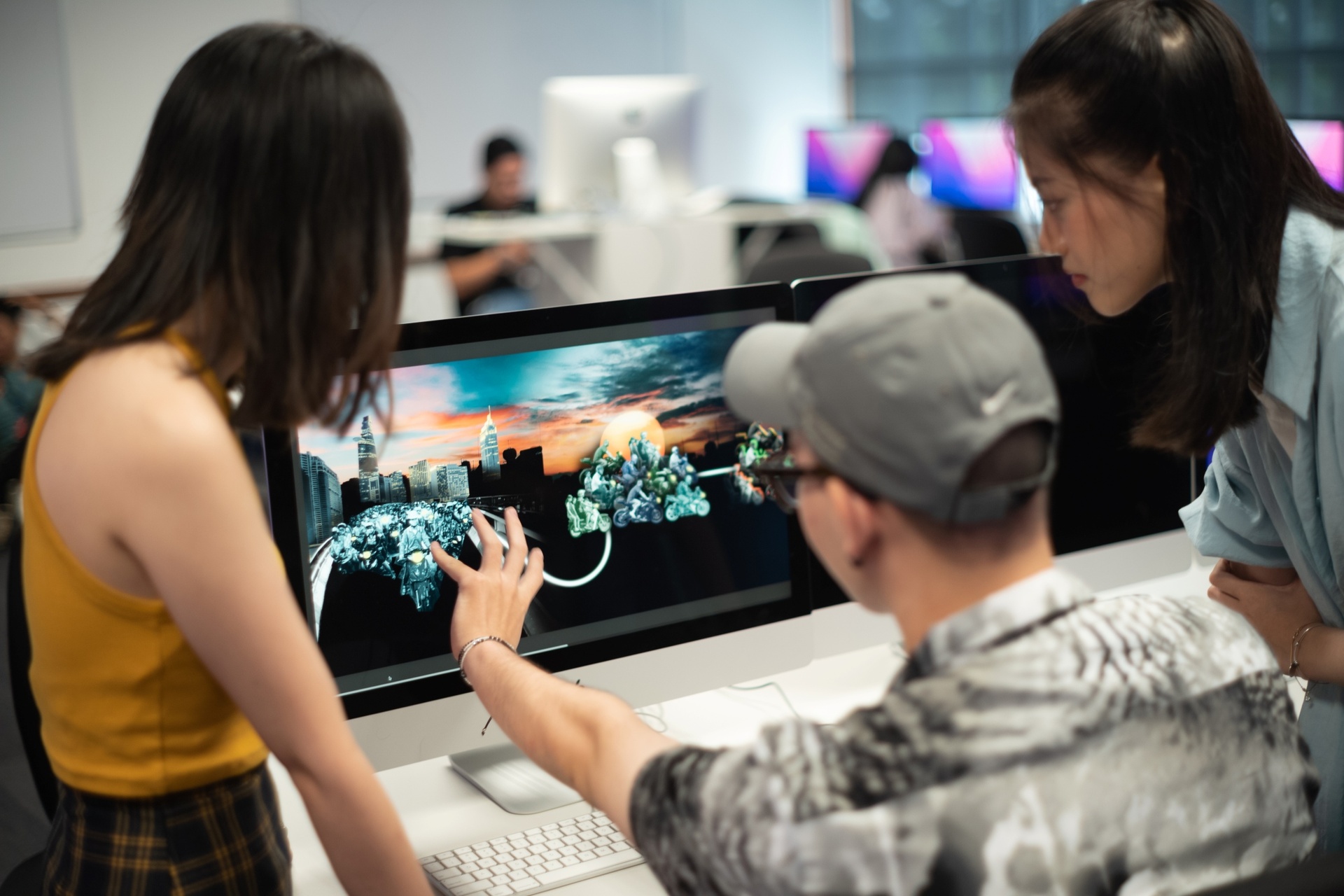
According to Associate Professor Lim Kok Yoong, Vietnamese youth are “cultural programmers”, shaping meanings and experiences that reflect Vietnam’s creative identity in a globalized world. Photo: RMIT Vietnam . |
- If you were given a policy proposal for the next 5-10 years to develop the cultural industry in Vietnam, what would you prioritize?
I would like to see a National Arts Development Programme, with sustainable policy and funding mechanisms to support and nurture cultural development, programming and innovation. This should include a strong network of cultural incubation programmes and a National Cultural Identity Map to guide and unify the country’s creative direction.
Cultural work should not be seen as “a passion”. It is professional, intellectual and community work that contributes directly to innovation, identity and resilience of the country. Stable, long-term investment through grants, residencies and creative research and development will empower artists, curators, cultural workers and organisations to build continuity, rather than relying on short-term funding or individual projects. Such a policy will strengthen Vietnam’s creative infrastructure and affirm that culture is not an expense, but an investment in the future of the country.
Thank you for taking the time for Tri Thuc - Znews !
-------
This article uses photos from Nhan Dan newspaper.
If you read a good book, please send a review to Tri Thuc - Znews
You read a good book, you want to share your feelings, the reasons why others should read that book, write a review and send it to us. Tri Thuc - Znews opens the column "The book I read", a forum to share book reviews sent by readers via Email: books@znews.vn. The article must be accompanied by a photo of the book, the author's name, and phone number.
Best regards.
Source: https://znews.vn/chan-dung-the-he-sieu-hien-dai-cua-viet-nam-post1602467.html


![[Photo] Prime Minister Pham Minh Chinh meets with representatives of outstanding teachers](https://vphoto.vietnam.vn/thumb/1200x675/vietnam/resource/IMAGE/2025/11/15/1763215934276_dsc-0578-jpg.webp)

![[Photo] General Secretary To Lam receives Vice President of Luxshare-ICT Group (China)](https://vphoto.vietnam.vn/thumb/1200x675/vietnam/resource/IMAGE/2025/11/15/1763211137119_a1-bnd-7809-8939-jpg.webp)



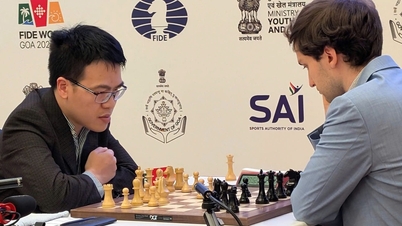



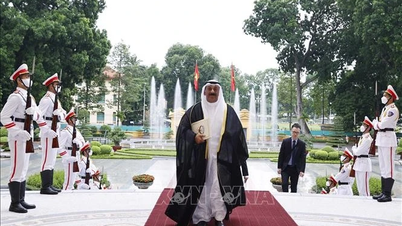

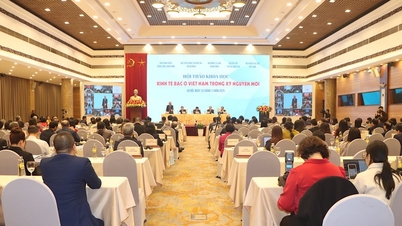

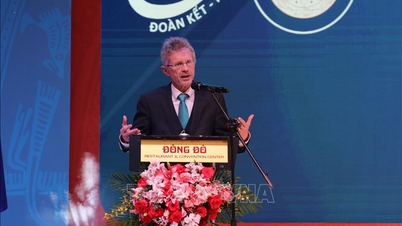


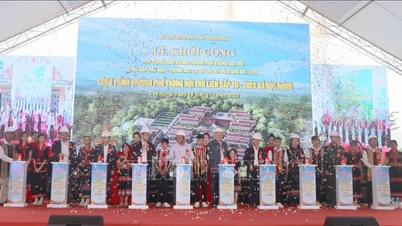


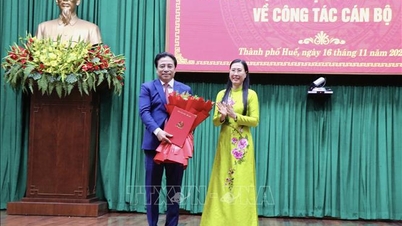


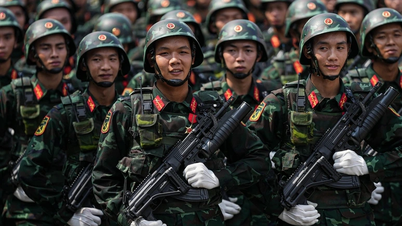







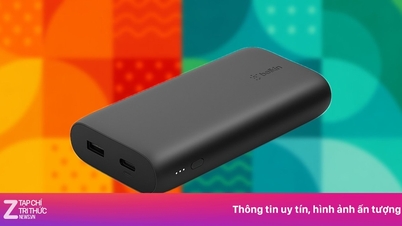










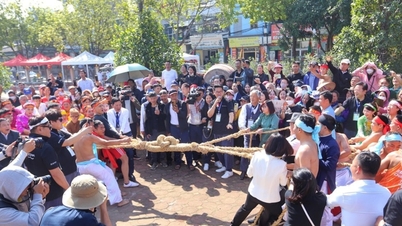








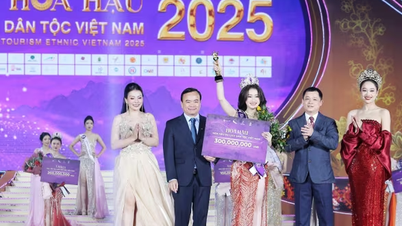
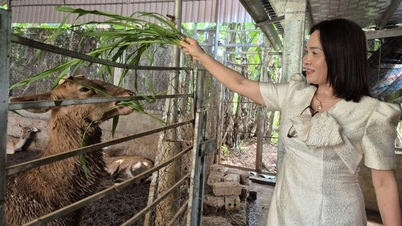


















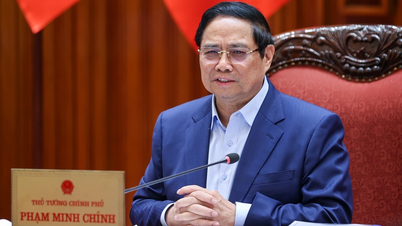



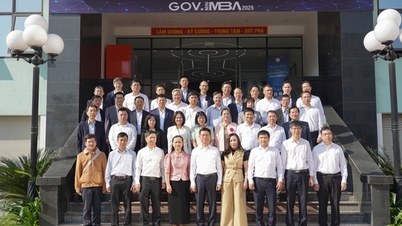






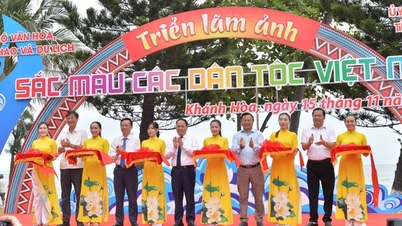
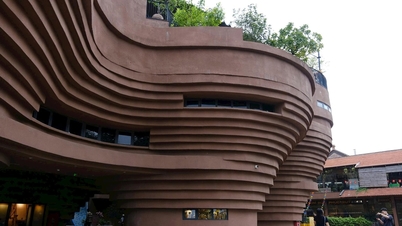




















Comment (0)